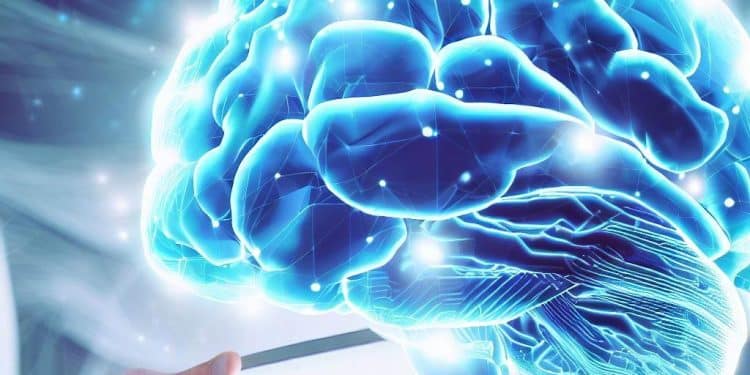At the forefront of discovery, neuroscience today peers into the brain’s vast mysteries. This field, a melting pot of disciplines and technologies, is on the brink of unlocking unprecedented insights and therapeutic breakthroughs.
Neuroscience’s relentless quest, turning science fiction into medical reality, challenges our understanding of the brain and nervous system. This journey across the neural landscape is a vibrant mix of research and application, poised to redefine the human experience.
Psychedelic Renaissance: A New Frontier
Captivating scientists and clinicians, psychedelic medicine’s renaissance marks a significant shift in neuroscience. Research into substances like psilocybin and LSD, once scientific outcasts, is experiencing a rebirth.
Despite their controversial past, psychedelics now show promise in treating psychiatric disorders, from depression to PTSD. This new wave of research approaches these substances with unprecedented rigor.
Yet, this exploration isn’t straightforward. Legal, ethical, and medical challenges abound, demanding a systematic approach. This resurgence in psychedelic medicine invites us to rethink treatment paradigms and societal views on these substances.
Brain Implants – Fiction to Function
The marriage of neurobiology and technology has birthed brain implants, aiming to tackle tough neurological disorders. These devices, once fanciful, are now real solutions, modulating neural activity to treat patients.
Ethical debates accompany these technological feats. Concerns about cognitive enhancement and privacy stir discussions among the public, ethicists, and scientists, shaping our neurological future.
Documented successes of brain implants are impressive. Patients with movement disorders finding new independence, chronic pain relief, and potential treatments for cognitive diseases all underline the complex interplay of technology and the brain.
Imaging Innovations – Seeing the Unseen
Imaging technologies have revolutionized neuroscience. The evolution of MRI and new PET radiotracers don’t just improve diagnosis; they open doors to novel treatments.
Dr Timothy Steel exemplifies this revolution. Utilizing high-resolution imaging, he enhances surgical precision and patient outcomes in neurosurgery. This narrative of neuroscience weaves together technological advances with clinical expertise, pushing boundaries to offer unparalleled patient care.
AI in Neurology: Beyond Human Limits
AI’s entry into neurology promises a seismic shift in diagnostics and care. Machine learning algorithms, trained on vast data, are starting to eclipse traditional methods in detecting and diagnosing neurological conditions.
AI’s ability to decipher complex brain patterns offers neurologists unprecedented tools. This blend of AI and clinical practice elevates care standards, enhancing clinicians’ capabilities.
Looking ahead, AI’s integration in neurology signals a new era. Advanced diagnostics might soon be more accessible, broadening the reach of top-tier neurological insights and care.
Looking Forward: Neuroscience’s Boundless Horizon
Neuroscience forges ahead into thrilling new realms. Fueled by creativity and a deep fascination with the brain, each discovery adds to our growing understanding of its complexity.
Neuroscience’s path forward suggests an ongoing evolution in standards and practices. For pioneers like Dr Steel, balancing the nuances of neurosurgery with wider innovations, this fusion creates a dynamic future where progress meets precision, brimming with possibilities and discoveries.
Embracing the Future: The Promise of Neuroscience
In conclusion, neuroscience stands not just as a field of study but as a beacon of hope and understanding. It’s an ever-expanding universe of knowledge, bringing together diverse disciplines to shed light on the brain’s intricacies.
As we embrace this journey, let’s celebrate the trailblazers like Dr Timothy Steel, who navigate the complexities of the brain with skill and foresight. Their contributions pave the way for a future rich with potential, where each discovery is a step closer to unlocking the full mysteries of the human brain.





